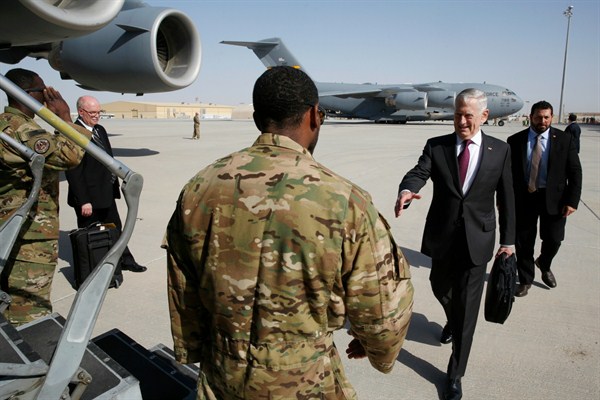The security environment in the Middle East may be the most complex on earth, with an intricate, volatile and sometimes shifting mixture of destabilizing forces and hostilities. There are deadly power struggles within and between nations. And behind it all is the Middle East’s massive oil production, on which the global economy depends.
The United States first ventured into the Middle East early in the Cold War and has remained heavily involved, particularly since the 1970s. Over the decades, America’s policies and partnerships in the region have evolved, but the basic elements of U.S. strategy and its central rationale remained consistent. Now, though, the strategy is on its last legs.
The U.S. always pursued two objectives in the Middle East: helping defend Israel and preventing a hostile power from using the region’s petroleum reserves as a weapon. For many decades, the Soviet Union was the only adversary that had the capability to exert enough control to manipulate Middle Eastern oil flows. Later, the U.S. feared that Saddam Hussein or the theocratic regime in Iran might try. That this fear of a hostile hegemon weaponizing oil was implausible did not matter. Assuring the free flow of oil from the Middle East became a central pillar of America’s global strategy and one of the major rationales for sustaining a vast U.S. power projection capability even after the demise of the Soviet Union.

